Home>Home Appliances>Kitchen Appliances>How To Dry Flowers In A Dehydrator
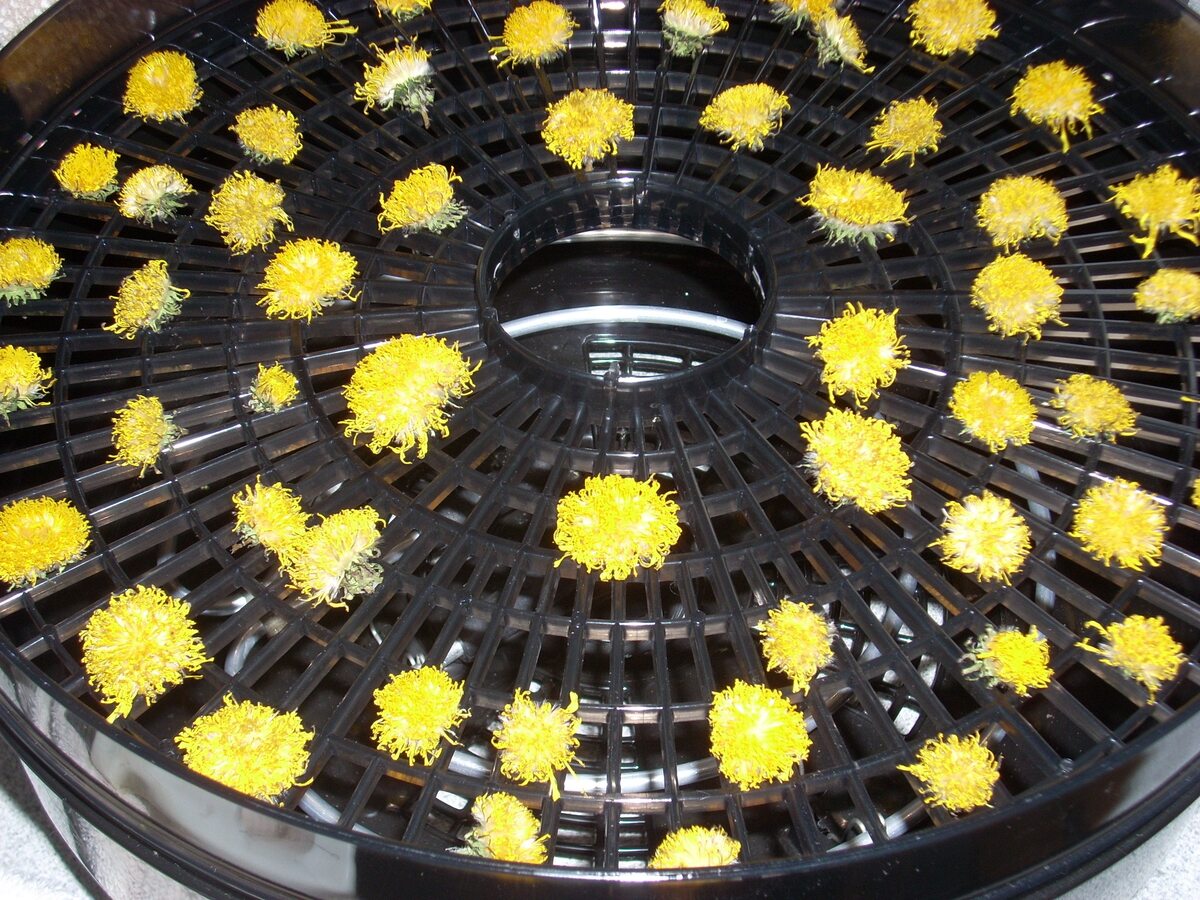

Kitchen Appliances
How To Dry Flowers In A Dehydrator
Modified: January 9, 2024
Learn how to dry flowers in a dehydrator with our easy step-by-step guide. Discover the best kitchen appliances for preserving your blooms. Start drying flowers today!
(Many of the links in this article redirect to a specific reviewed product. Your purchase of these products through affiliate links helps to generate commission for Storables.com, at no extra cost. Learn more)
Introduction
Drying flowers is a delightful way to preserve their beauty and extend their lifespan. Whether you want to create stunning floral arrangements, craft homemade potpourri, or simply cherish a sentimental bouquet, using a dehydrator can streamline the process and yield impressive results. This article will guide you through the art of drying flowers in a dehydrator, offering valuable tips and insights to ensure your floral treasures are preserved with care.
Drying flowers in a dehydrator is a popular method due to its efficiency and ability to retain the flowers' vibrant colors and natural shapes. By carefully selecting the right flowers, preparing them for the drying process, and utilizing the dehydrator effectively, you can enjoy a bountiful harvest of dried blooms to adorn your living space or share with loved ones.
In the following sections, we will explore the essential steps for drying flowers in a dehydrator, from choosing the perfect blooms to storing the dried treasures. Whether you are a seasoned gardener, a floral enthusiast, or someone looking to immortalize a special bouquet, this guide will equip you with the knowledge and confidence to embark on a rewarding floral preservation journey. Let's embark on this aromatic and visually stunning adventure together!
Key Takeaways:
- Preserve the beauty of flowers by drying them in a dehydrator. Choose vibrant blooms like roses and lavender, prepare them carefully, and use low heat for stunning, long-lasting results.
- Store dried flowers in airtight containers in a cool, dark place to maintain their beauty. Label and date containers for easy identification and use in future projects.
Read more: How To Dry Rosemary In A Dehydrator
Choosing the Right Flowers
When it comes to drying flowers in a dehydrator, selecting the right blooms is crucial to achieving beautiful and long-lasting results. Not all flowers are suitable for drying, and certain varieties fare better than others in retaining their color and shape during the drying process.
Here are some popular flowers that are well-suited for drying:
- Roses: Known for their timeless beauty, roses retain their elegance when dried and are ideal for various decorative purposes.
- Lavender: With its soothing fragrance and delicate purple blossoms, lavender is a popular choice for drying and using in potpourri or sachets.
- Marigolds: These vibrant, golden-hued flowers dry well and can add a touch of warmth to floral arrangements and crafts.
- Limonium (Statice): Often used in dried flower bouquets, limonium boasts small, colorful blooms that hold up exceptionally well during the drying process.
- Yarrow: Featuring clusters of tiny flowers in an array of colors, yarrow is prized for its resilience when dried and is perfect for adding texture to dried arrangements.
Before selecting flowers for drying, it’s important to consider the following factors:
- Color Retention: Choose flowers that are known for retaining their color when dried, as vibrant hues will enhance the visual appeal of the dried arrangements.
- Shape and Structure: Opt for flowers with sturdy petals and a robust structure, as delicate blooms may not hold up well during the drying process.
- Fragrance: If you desire dried flowers with a lingering fragrance, consider selecting aromatic blooms such as roses, lavender, or jasmine.
- Seasonal Availability: Take advantage of seasonal blooms for drying, as they are often at their peak beauty and abundance.
When harvesting flowers for drying, choose blooms that are at their peak, preferably in the morning when their moisture content is lower. It’s best to select flowers that have not fully bloomed, as they will continue to open slightly during the drying process, maintaining a visually appealing form.
By carefully choosing the right flowers and considering their unique characteristics, you can set the stage for a successful and visually captivating drying process in your dehydrator. The next step is to prepare the selected flowers for the drying journey, ensuring that they are primed for preservation and ready to reveal their timeless beauty once dried.
Preparing the Flowers
Before placing your chosen flowers in the dehydrator, it’s essential to prepare them properly to ensure optimal results. The preparation process not only enhances the flowers’ ability to retain their color and shape but also minimizes the risk of mold or decay during drying. Here are the key steps to prepare your flowers for the drying process:
- Trimming and Cleaning: Start by carefully trimming excess leaves and foliage from the stems of the flowers. Remove any damaged or discolored petals, as these imperfections may become more pronounced during the drying process. Gently clean the flowers to remove any dirt or debris, and allow them to air dry briefly to eliminate excess moisture.
- Bundling or Individual Stems: Depending on the type of flowers you are drying, you can choose to bundle them together or dry them individually. Flowers with sturdy stems, such as roses or yarrow, can be bundled together and secured with twine. Delicate blooms, such as lavender or statice, are best dried individually to prevent damage during handling.
- Securing the Stems: If you opt for bundling the flowers, ensure that the stems are secured tightly but not excessively constricted. This will help maintain the shape of the bouquet during the drying process. For individual stems, use small clips or hooks to hang them upside down, allowing for proper air circulation around each bloom.
- Protecting Fragile Petals: For flowers with delicate petals, such as daisies or pansies, consider using a gentle setting spray or a light application of silica gel to help support the petals and maintain their form during drying.
It’s important to note that the preparation steps may vary slightly depending on the specific flowers you are working with. Some flowers, such as hydrangeas or chrysanthemums, benefit from being partially dried in a water and glycerin solution before entering the dehydrator, as this can help them retain moisture and shape more effectively.
By taking the time to prepare your flowers thoughtfully and attentively, you can set the stage for a successful drying process and ensure that the inherent beauty of each bloom is preserved with care. With the flowers prepared and ready for their transformation, it’s time to explore the next crucial step: utilizing the dehydrator to gently and efficiently dry the blooms to perfection.
Using the Dehydrator
Once your flowers are meticulously prepared for the drying process, it’s time to harness the power of a dehydrator to gently and efficiently remove moisture while preserving their natural beauty. Dehydrators offer precise temperature control and consistent airflow, making them an ideal tool for drying flowers without compromising their color or structure. Here’s how to effectively use a dehydrator to dry your prepared blooms:
- Temperature Settings: Set the dehydrator to a low temperature, ideally between 95°F and 110°F (35°C to 43°C). This gentle heat will gradually remove moisture from the flowers without causing them to wilt or discolor. Avoid using high temperatures, as they can lead to overly rapid drying and may compromise the flowers’ appearance.
- Evenly Spaced Placement: Arrange the prepared flowers on the dehydrator trays in a single layer, ensuring that they are evenly spaced and not touching each other. This allows for adequate airflow around each bloom, promoting uniform drying and preventing the risk of mold or uneven texture.
- Monitoring the Drying Process: Check the flowers periodically as they dry, especially during the initial stages. Depending on the type of flowers and their moisture content, the drying time may vary. Delicate blooms, such as pansies or daisies, may dry more quickly than denser flowers like roses or hydrangeas.
- Patience and Precision: Exercise patience during the drying process, allowing the dehydrator to work its magic gradually. It’s essential to maintain a consistent temperature and airflow throughout the drying duration to ensure that the flowers dry evenly and retain their vibrant colors.
Using a dehydrator offers several advantages for drying flowers, including precise temperature control, consistent airflow, and the ability to preserve the flowers’ natural characteristics with minimal intervention. By leveraging the dehydrator’s capabilities, you can achieve stunning results that showcase the timeless allure of your carefully selected blooms.
As the flowers undergo the gentle drying process in the dehydrator, it’s important to keep a watchful eye on their progress and make any necessary adjustments to the temperature or airflow to maintain optimal drying conditions. Once the flowers have reached the desired level of dryness, it’s time to move on to the next step: checking the flowers to ensure they are perfectly preserved and ready for their new role as captivating dried floral accents.
After drying flowers in a dehydrator, store them in a cool, dry place to prevent them from reabsorbing moisture and losing their shape and color.
Checking the Flowers
As the flowers undergo the delicate drying process in the dehydrator, it’s essential to monitor their progress and assess their readiness for the next phase. Checking the flowers at regular intervals allows you to ensure that they are drying uniformly and that any adjustments can be made if necessary. Here are the key steps for checking the flowers during the drying process:
- Visual Inspection: Carefully examine the flowers to observe their texture, color, and overall appearance. Look for any signs of discoloration, wilting, or uneven drying, as these may indicate the need for adjustments in the drying conditions.
- Gentle Handling: When checking the flowers, handle them with care to avoid causing damage to the delicate petals or structures. Gently touch the petals to assess their dryness, ensuring that they are firm and papery to the touch without feeling overly brittle or fragile.
- Flexibility Test: For flowers with stems, such as roses or yarrow, gently flex the stems to determine their flexibility. Dried stems should be firm and slightly pliable, allowing for graceful movement without snapping or crumbling.
- Adjustments if Needed: If you notice any areas of concern during the inspection, such as uneven drying or overly rapid moisture removal, consider making minor adjustments to the dehydrator settings or the positioning of the flowers to promote more uniform drying.
By carefully checking the flowers throughout the drying process, you can ensure that they are progressing toward the desired level of dryness while retaining their natural beauty and structural integrity. This attentive approach allows you to address any potential issues promptly, resulting in a stunning collection of dried flowers that exude timeless charm and elegance.
Once the flowers have been thoroughly inspected and deemed perfectly dried, it’s time to move on to the final step: storing the dried flowers to preserve their beauty and prepare them for a myriad of creative and decorative uses.
Read more: How To Dry Oranges In A Dehydrator
Storing the Dried Flowers
After the meticulous process of drying and inspecting the flowers, it’s essential to store them properly to maintain their pristine condition and extend their longevity. Proper storage not only safeguards the dried flowers from environmental factors but also ensures that they remain ready for various decorative and creative endeavors. Here are the key steps for storing dried flowers effectively:
- Airtight Containers: Select clean, airtight containers or glass jars with secure lids for storing the dried flowers. Airtight storage helps protect the flowers from exposure to humidity and prevents dust or debris from settling on the delicate petals.
- Layering and Cushioning: Line the bottom of the containers with soft, acid-free tissue paper or cotton batting to create a gentle cushion for the dried flowers. This cushioning helps prevent the flowers from shifting or becoming damaged during storage.
- Single Layer Arrangement: Arrange the dried flowers in a single layer within the containers, taking care not to overcrowd or compress them. This allows for proper air circulation around each bloom, minimizing the risk of moisture retention and preserving the flowers’ delicate forms.
- Storage Location: Store the containers of dried flowers in a cool, dry, and dark location to shield them from exposure to sunlight, which can cause fading, and excessive humidity, which may lead to mold or deterioration.
- Labeling and Dating: To keep track of the types and dates of the dried flowers, consider labeling the containers with the flower names and the date of drying. This simple step can be invaluable when selecting flowers for future projects or ensuring that they are used within their optimal timeframe.
By following these storage guidelines, you can safeguard the dried flowers and maintain their visual appeal and structural integrity for an extended period. Whether you intend to use the dried flowers for crafting, decorative arrangements, or sentimental keepsakes, proper storage is essential for preserving their beauty and ensuring that they remain a source of inspiration and delight.
With the dried flowers now safely stored and ready for future creative endeavors, you have successfully completed the journey of drying and preserving flowers in a dehydrator. Your efforts have culminated in a stunning collection of dried blooms that embody the timeless allure and natural elegance of the floral world.
Conclusion
The art of drying flowers in a dehydrator is a captivating and rewarding endeavor that allows you to preserve the natural beauty of blooms while unlocking a myriad of creative possibilities. By carefully selecting the right flowers, preparing them with attentiveness, and utilizing a dehydrator to gently dry and preserve their charm, you have embarked on a journey that culminates in a treasure trove of dried floral delights.
Throughout this process, you have not only preserved the visual allure of the flowers but also captured their essence, allowing their delicate forms and vibrant colors to endure beyond their natural lifespan. The dried flowers you have lovingly cultivated are now poised to become exquisite accents in floral arrangements, charming components in homemade potpourri, or cherished mementos that evoke the beauty of nature in your living space.
As you embark on future projects and creative endeavors, the dried flowers you have preserved will serve as a testament to your dedication to preserving nature’s fleeting beauty. They will continue to inspire and captivate, adding a touch of timeless elegance to your surroundings and evoking a sense of tranquility and natural splendor.
Whether you are a seasoned enthusiast or a novice in the art of floral preservation, the journey of drying flowers in a dehydrator has offered a glimpse into the enduring allure of nature’s creations. It has provided an opportunity to savor and celebrate the fleeting beauty of flowers, transforming them into enduring works of art that enrich your life and surroundings.
As you revel in the beauty of your dried floral treasures, may they serve as a reminder of the timeless elegance and enchanting resilience found in nature’s most exquisite offerings. Through the art of drying flowers in a dehydrator, you have preserved a fleeting moment of nature’s splendor, allowing it to grace your life with enduring grace and charm.
Frequently Asked Questions about How To Dry Flowers In A Dehydrator
Was this page helpful?
At Storables.com, we guarantee accurate and reliable information. Our content, validated by Expert Board Contributors, is crafted following stringent Editorial Policies. We're committed to providing you with well-researched, expert-backed insights for all your informational needs.
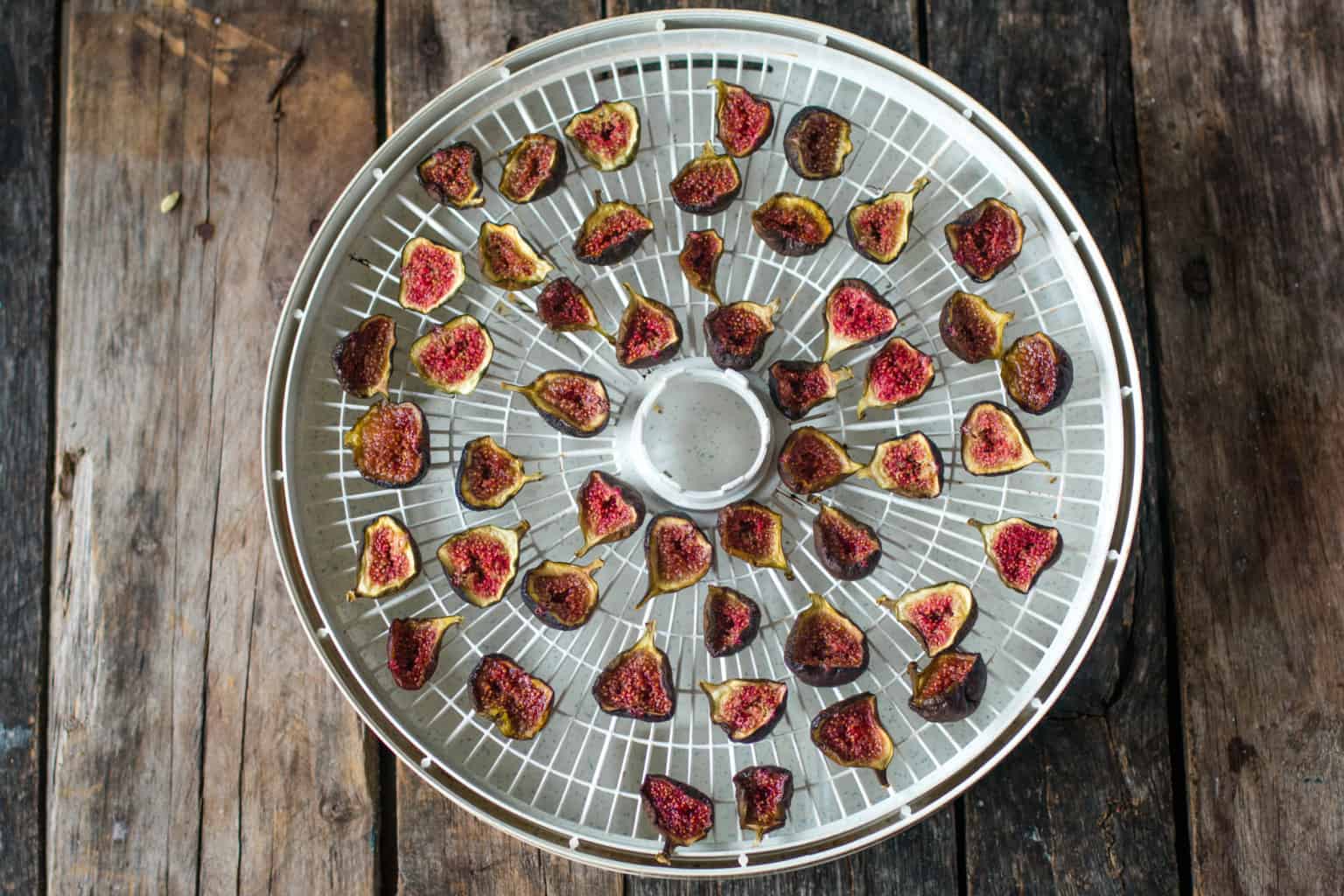
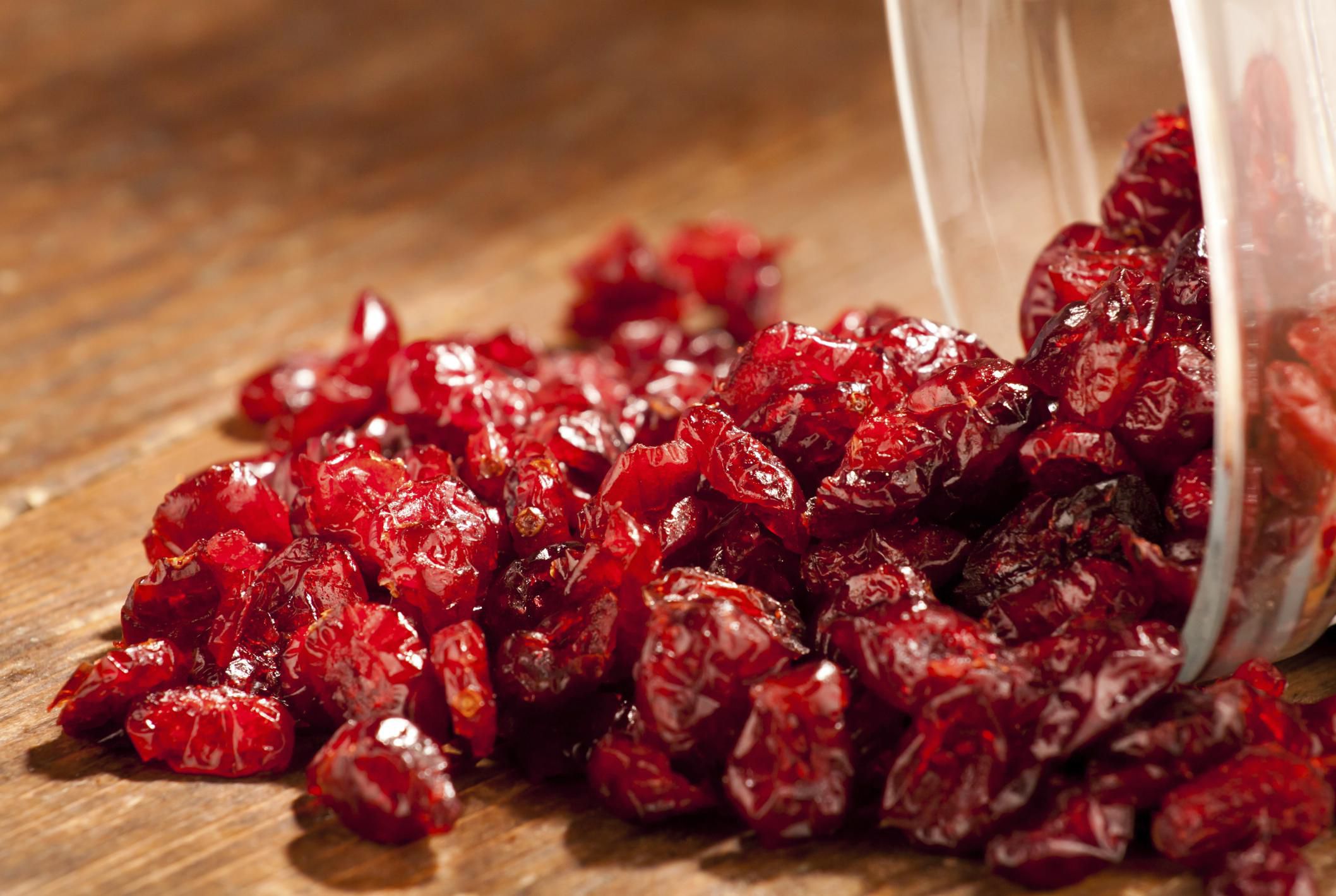
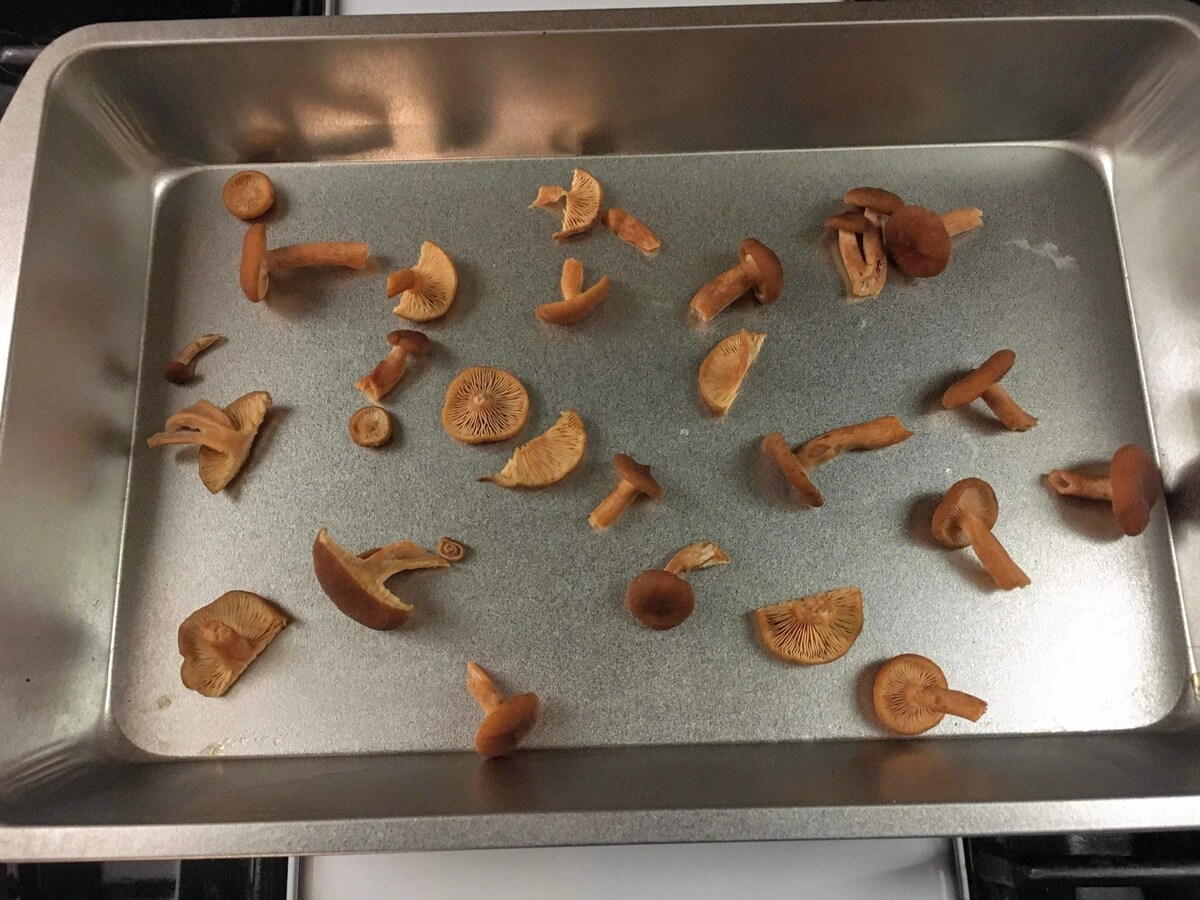
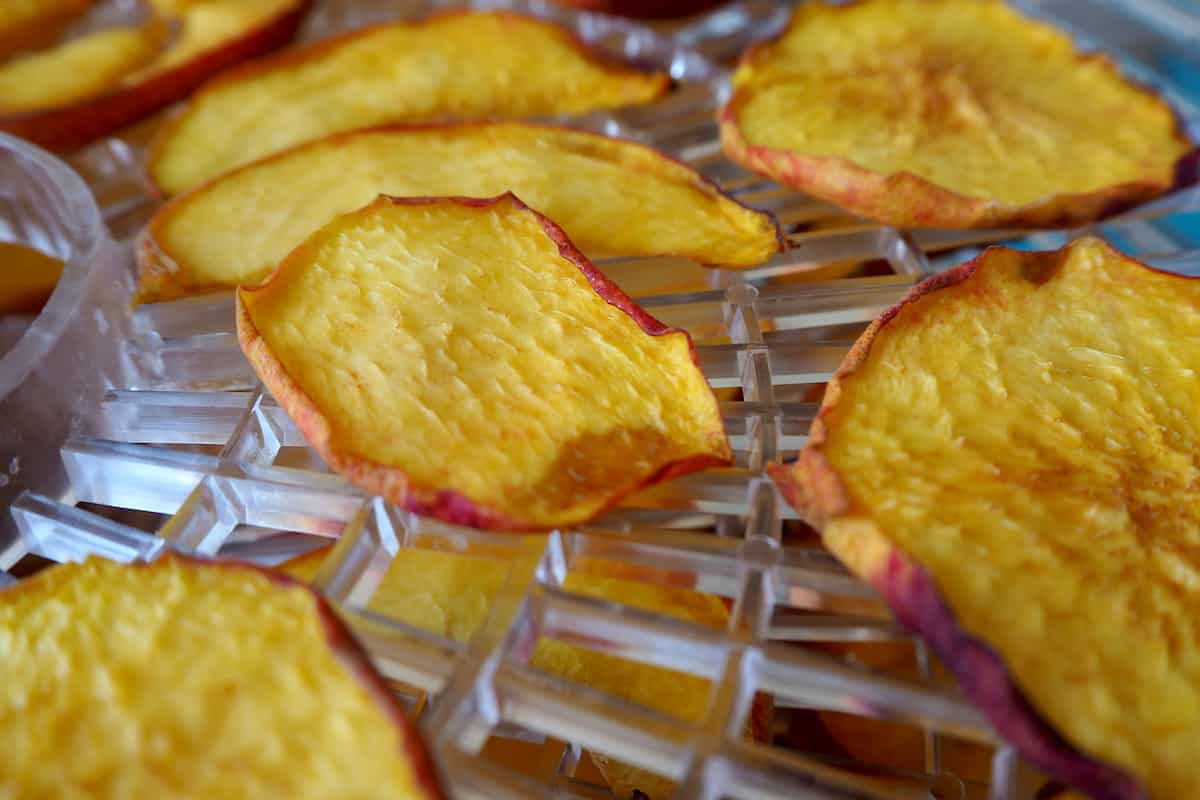
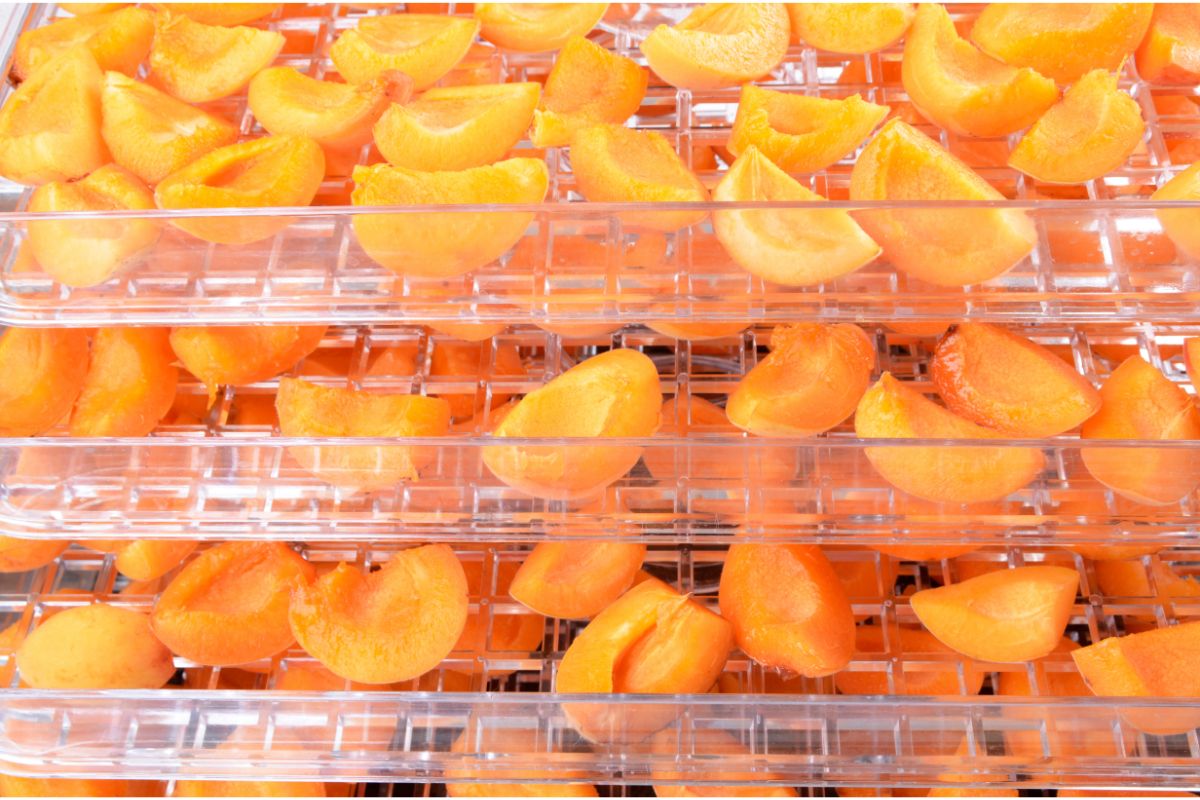
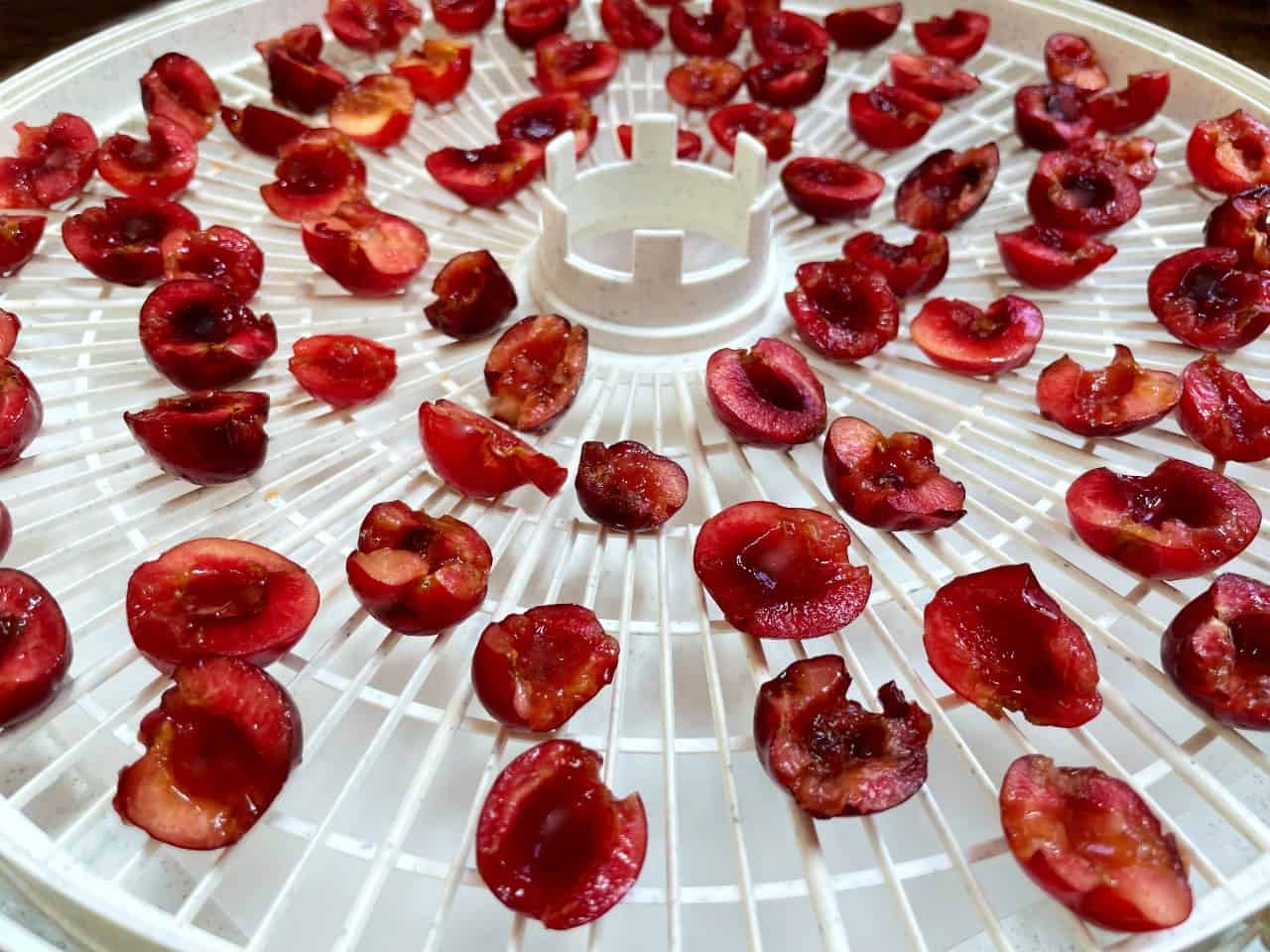
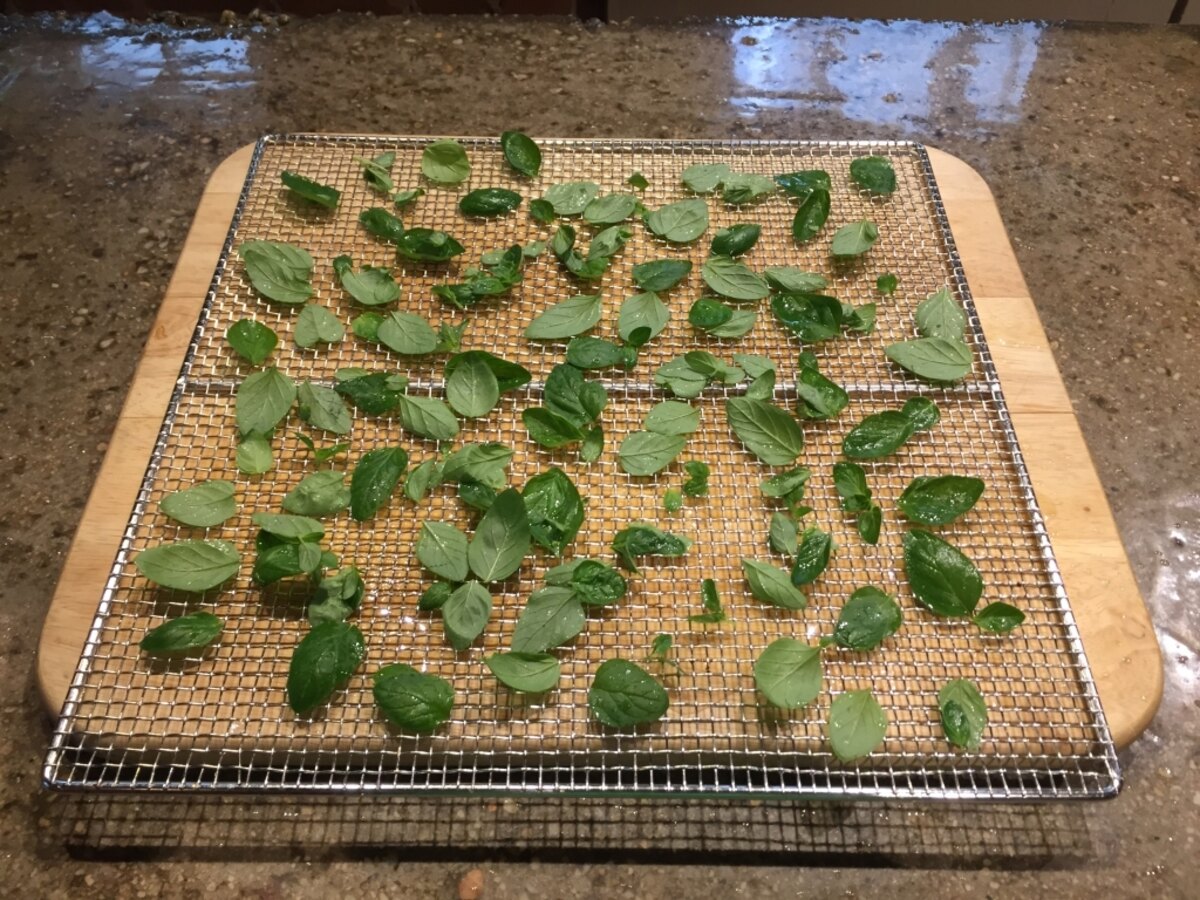
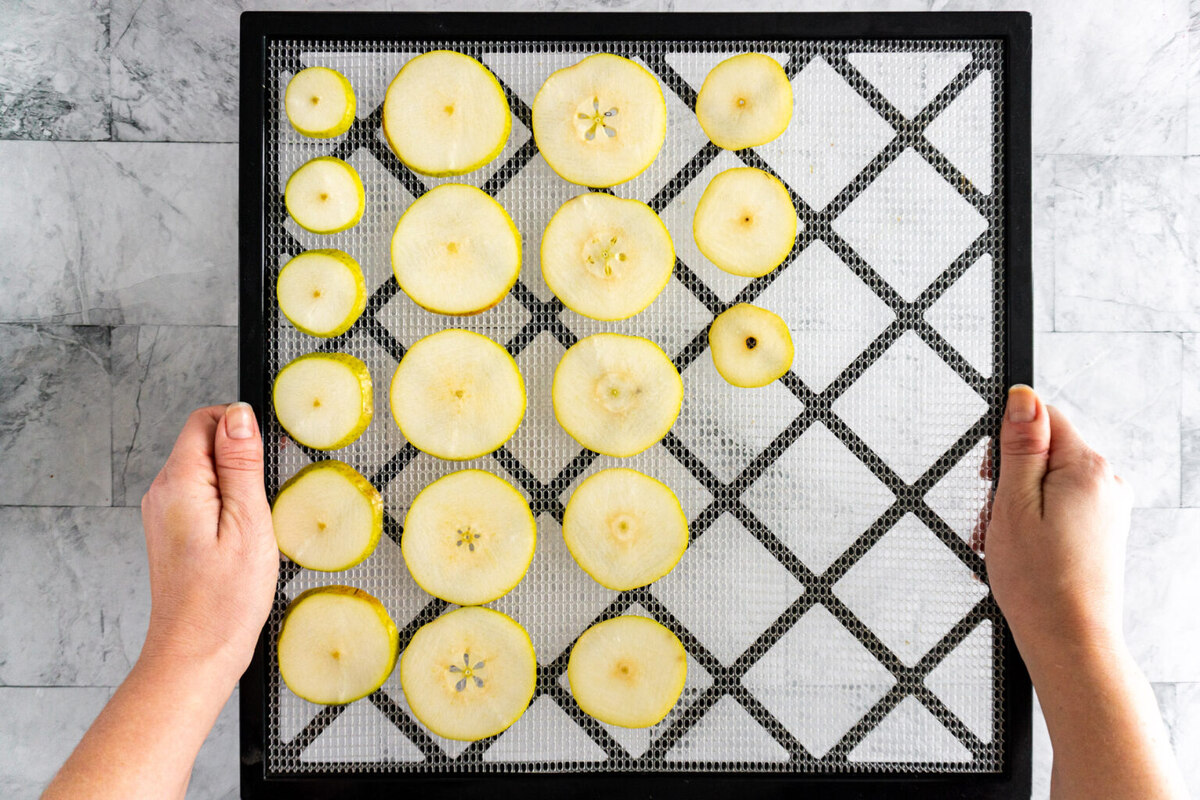
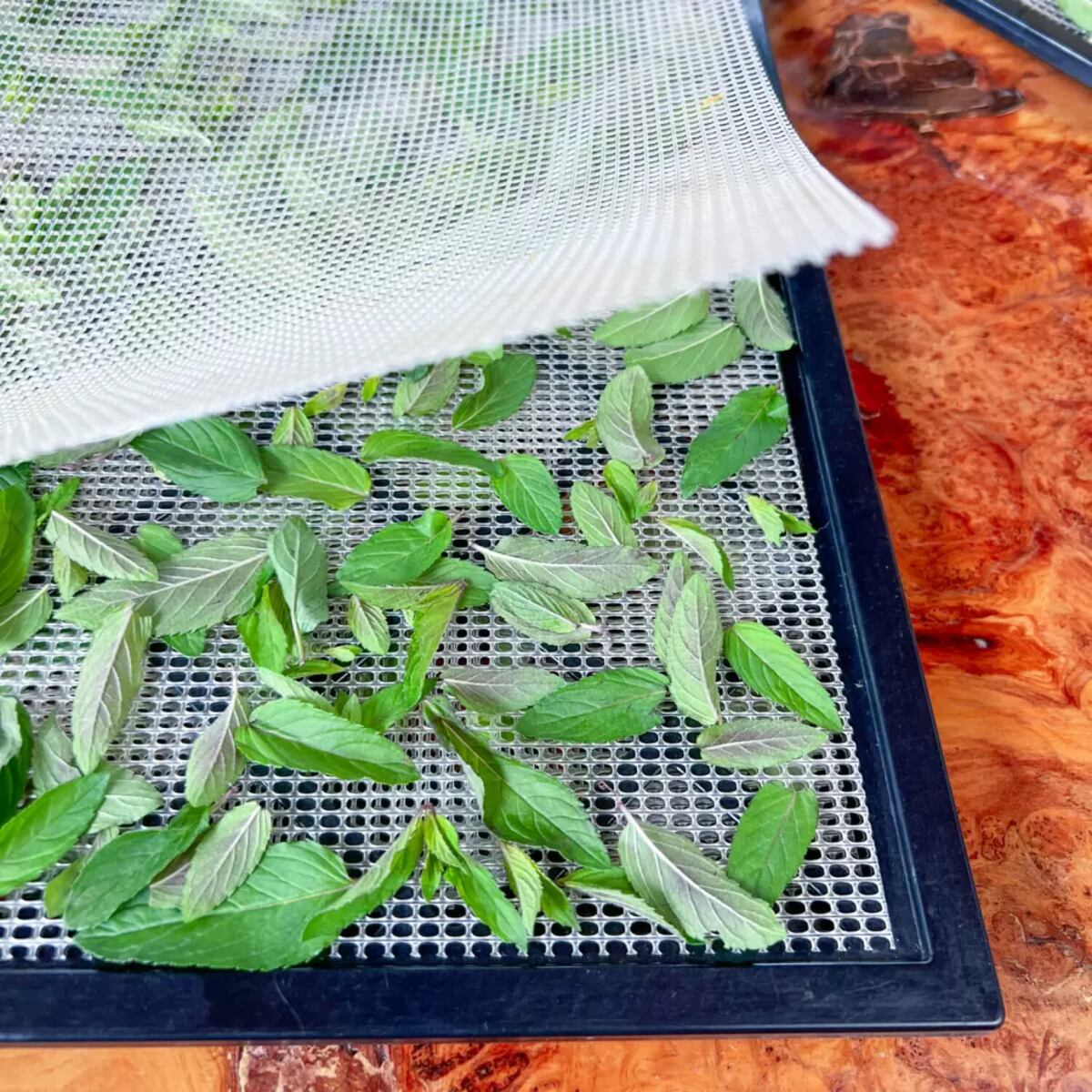
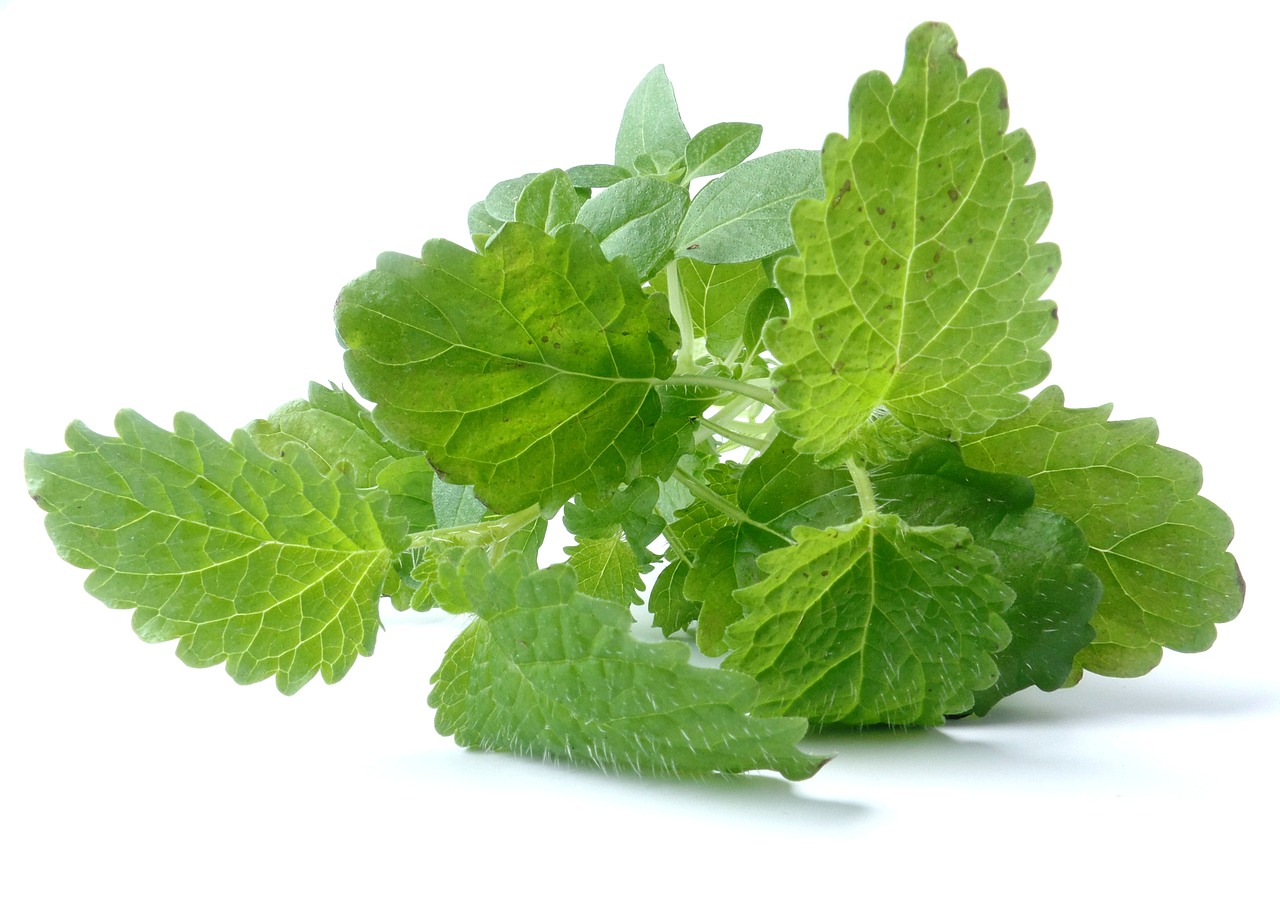
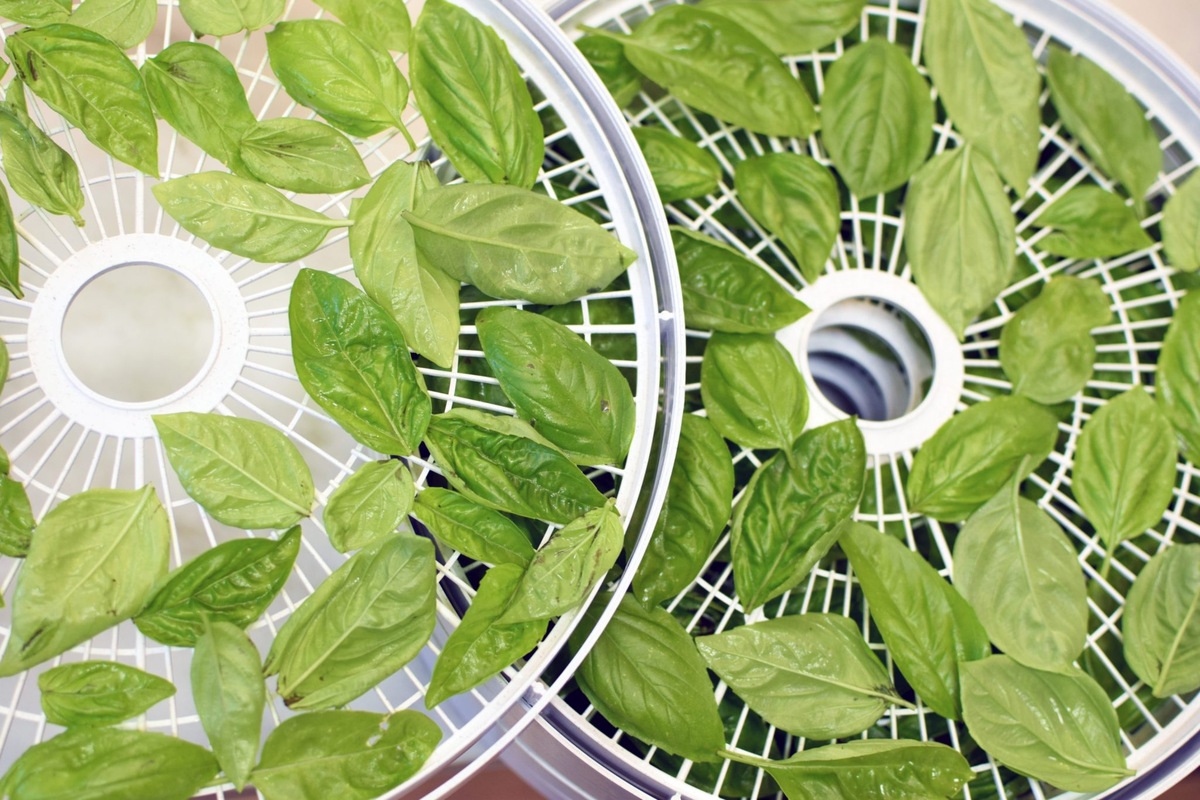
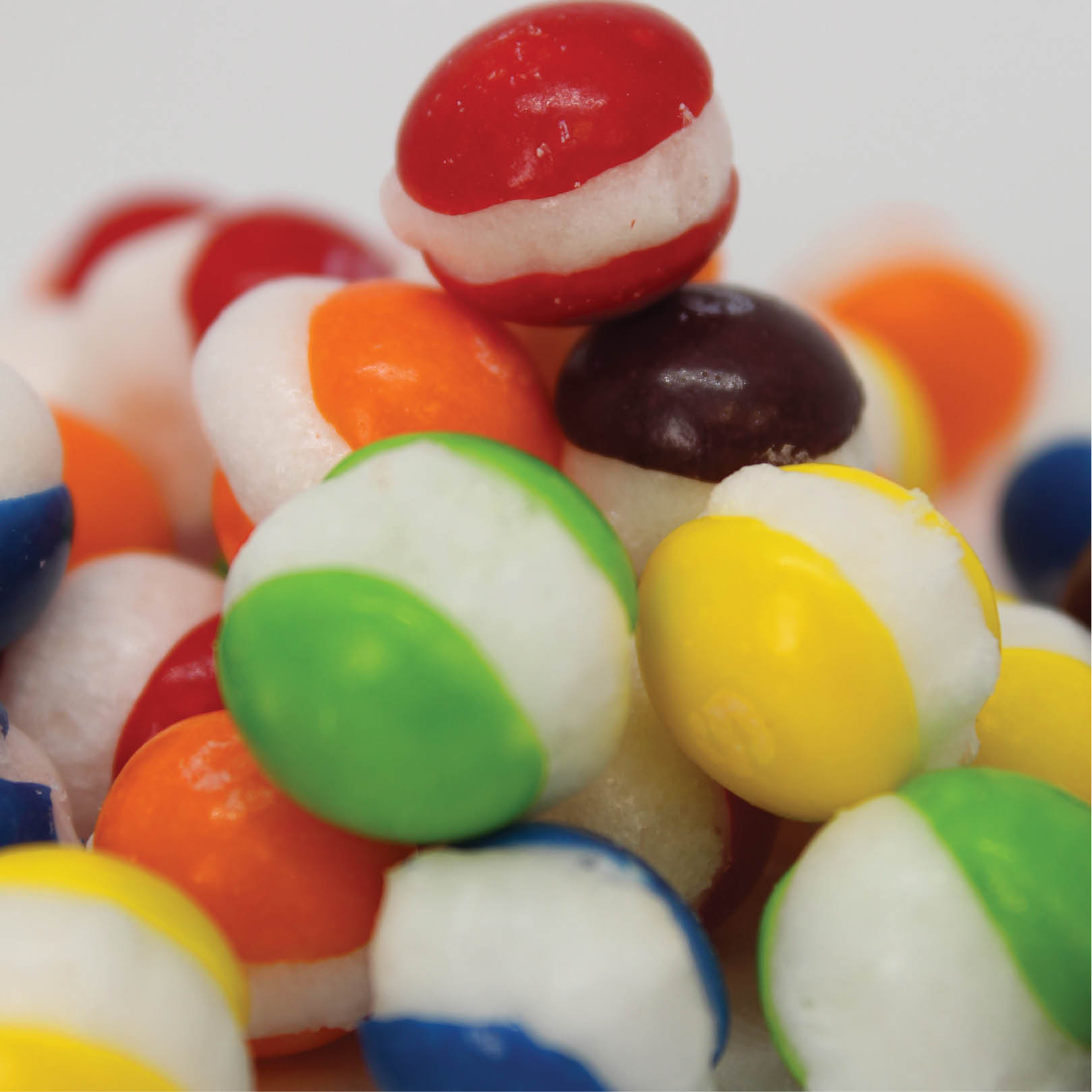
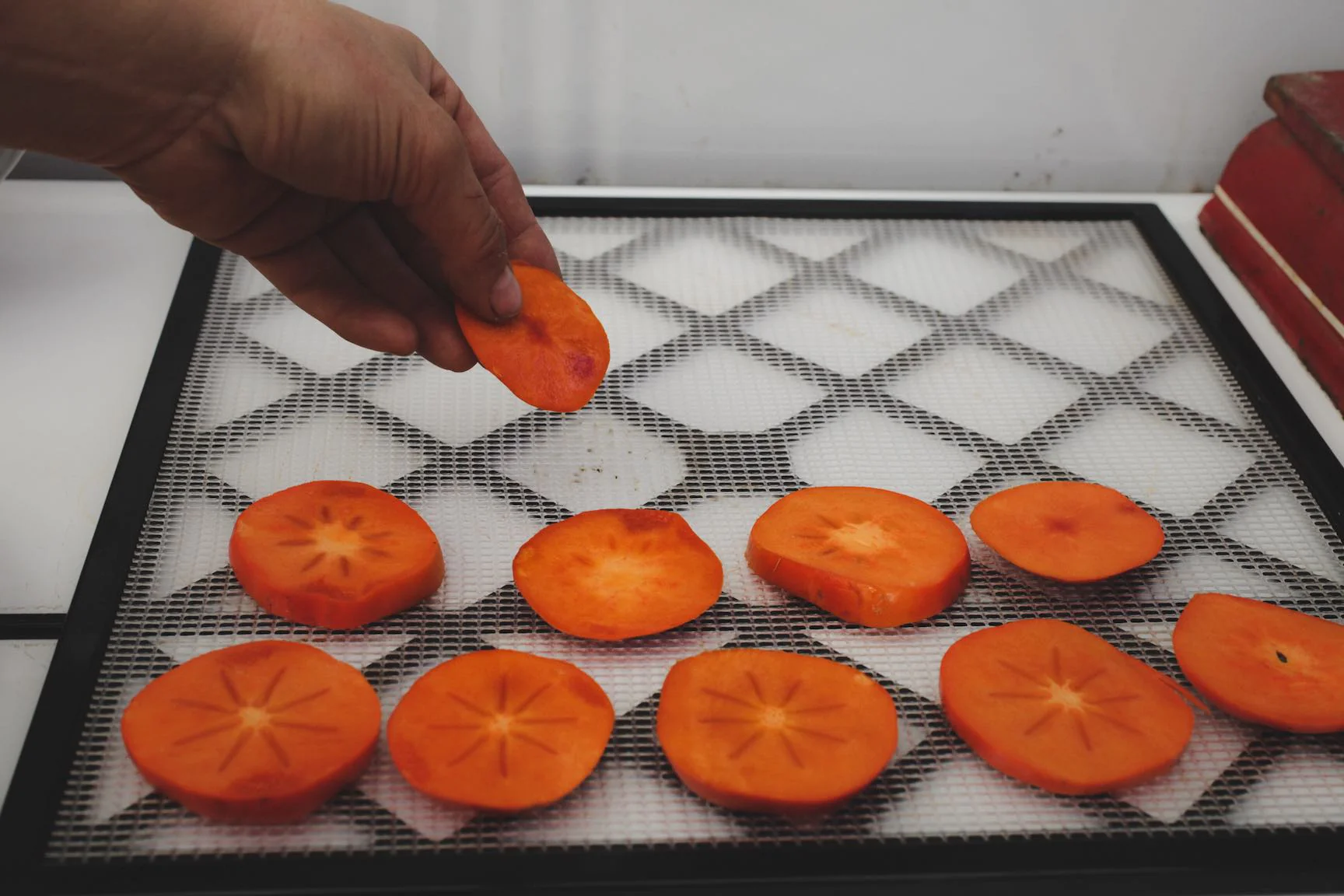
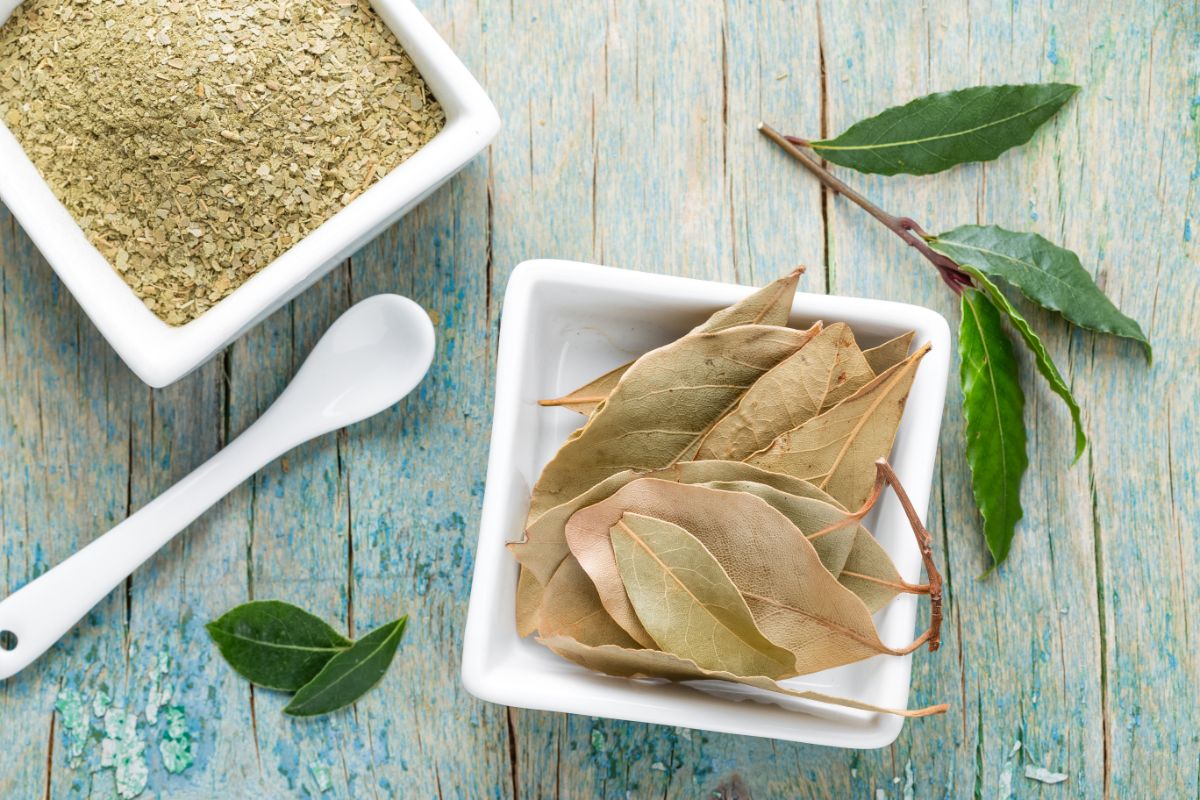

0 thoughts on “How To Dry Flowers In A Dehydrator”